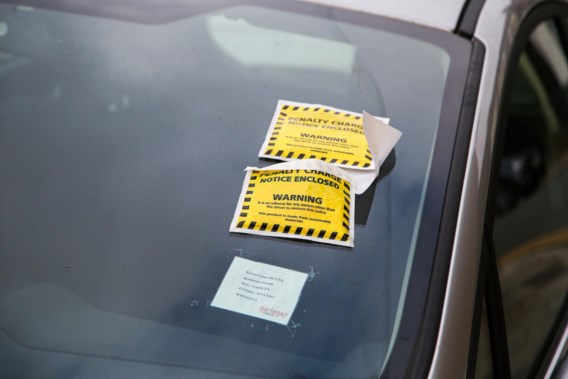The French company Ziwig wants to launch a test in our country this year that can use a simple saliva test to determine whether women with heavy menstrual pain have endometriosis.
Thursday January 25, 2024 at 5:16 PM
“In our country, one in ten women suffer from this,” says Professor Jasper Verguts at UHasselt, who is also coordinator of the expertise center for endometriosis at the Jessa Hospital in Hasselt. “It is more common than diabetes.”
Endometriosis is a chronic condition in which cells that resemble the uterine lining (endometrium) occur outside the uterus. The cells can proliferate there and form spots, cysts or nodules. This can happen on the bladder, ureters, intestines or ovaries. This can lead to severe menstrual pain and/or pain during sex, urination and defecation. Currently, the disease can only be detected with more invasive testing methods such as an MRI scan or an ultrasound.
READ ALSO. Tasja processes her endometriosis in illustrations: “It grows like weeds in my stomach”
“However, neither an MRI nor an ultrasound can detect all endometriomas. You will miss endometriomas in a number of women with these tests. In some women with severe complaints or fertility problems, it is necessary to perform keyhole surgery to find out what is wrong and thus detect endometriosis.”
With the new test, only a sample of saliva needs to be sent to a lab for analysis. The saliva collection must be done by a doctor because the test must be viewed in a clinical context.
How much certainty?
Ziwig himself claims that the saliva test offers more than 95 percent certainty in detecting endometriosis. These figures are put into perspective by Professor Verguts. “The problem is that this test has not yet been clinically validated very well. Women who had complaints indicative of endometriosis participated in the study, but we do not know what this will mean in practice. What will that test mean if women who have no complaints take it? There are also a number of question marks and in practice it will be necessary to find out for whom the test will be most appropriate.”
Yet Professor Verguts thinks of a detection rate of seventy to ninety percent. “In the general population you will have a lot of factors that will influence that test and that will still give a more false picture, so you will end up with a lower percentage of certainty.”
The test, which is expected to be available in our country during the course of this year, will cost 800 euros. Ziwig has not yet requested a refund in our country.

